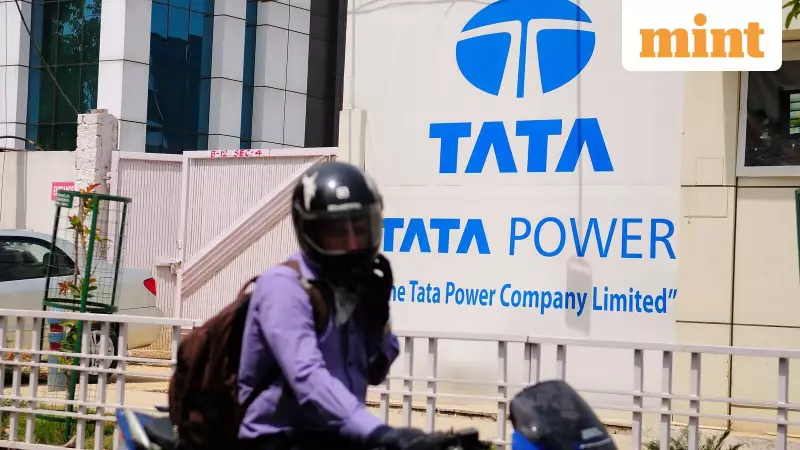
Tata Power Company Limited faces renewed earnings pressure as the shutdown of its massive Mundra thermal power plant overshadows strong performance in renewable energy and transmission segments during the September quarter.
The Mundra Plant Problem Resurfaces
The 4.2-gigawatt Mundra thermal power plant has been non-operational since July 2025, creating significant headwinds for Tata Power's financial performance. This development occurred after the central government withdrew its directive allowing the plant to operate under Section 11 of the Electricity Act, 2003.
The crucial difference lies in the tariff structure. Under the government directive, Tata Power received payment on a cost-plus basis, while the original power purchase agreement operates on a fixed-price model that has become economically unviable given current elevated coal prices.
Tata Power management is currently engaged in discussions with the Gujarat government to negotiate a supplementary power purchase agreement and hopes to reach a resolution soon.
Q2FY26 Financial Performance Details
For the September quarter of FY26, Tata Power reported consolidated revenue of ₹15,500 crore, showing virtually no growth compared to the same period last year. Consolidated EBITDA saw modest expansion of 7% year-on-year to reach ₹3,500 crore.
The Mundra plant and associated business recorded an EBITDA-level loss of ₹12 crore in Q2FY26, a dramatic reversal from the ₹516 crore profit generated during the same quarter in the previous fiscal year.
Meanwhile, the renewable energy segment demonstrated remarkable strength with EBITDA surging 57% year-on-year, primarily driven by the full ramp-up of the company's cell and module manufacturing plant. This division saw its EBITDA increase 2.5 times to ₹466 crore.
The transmission and distribution business also posted solid results with EBITDA growing 17% year-on-year, boosted by improving efficiency at the Odisha discom operations, where EBITDA jumped 67% to ₹687 crore on just 8% revenue growth.
Rising Debt and Future Challenges
Tata Power needs to maintain vigilance over its escalating debt profile as the company undertakes several capital-intensive projects with long gestation periods. Among these are two pumped hydro storage projects requiring investment of approximately ₹13,500 crore.
JM Financial Institutional Securities projects Tata Power's total loans will swell to over ₹1.2 trillion by FY28, a substantial increase from the ₹58,000 crore level expected in FY25. The company's net debt already stood at ₹54,000 crore at the end of Q2FY26, up from ₹47,600 crore in the previous quarter.
The Tata Power stock has remained nearly flat over the past twelve months and currently trades at an enterprise value of 12.2 times its estimated FY26 EBITDA, according to Bloomberg data.
Nuvama Research has cautioned investors about potentially soft performance in the second half of FY26 due to continued losses at Coastal Gujarat Power Limited, which operates the Mundra plant, along with anticipated lower manufacturing profits from captive sales.
Market analysts identify resolution of the Mundra plant issue as a critical near-term catalyst for the Tata Power stock, which has struggled to gain momentum despite strong performance in the company's renewable energy and transmission businesses.





